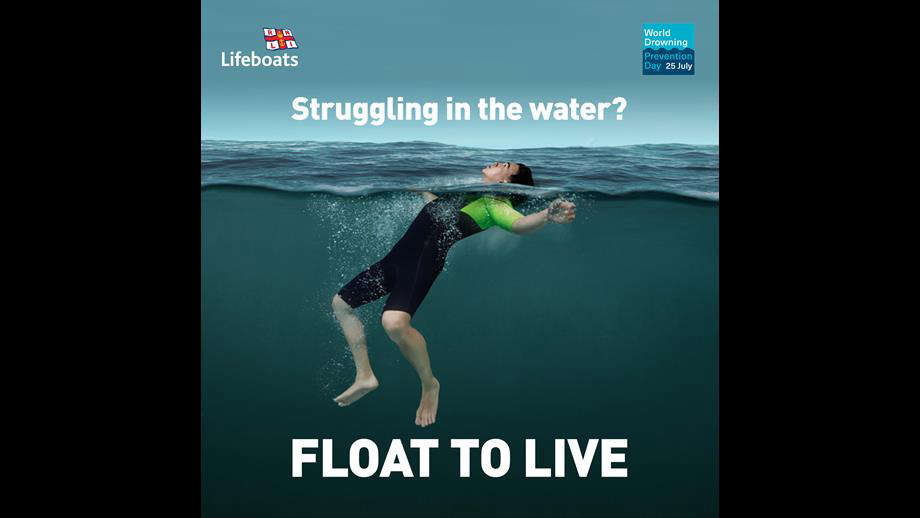
The RNLI is marking World Drowning Prevention Day (Friday 25 July) this week by encouraging everyone to practice the lifesaving self-rescue skill: float to live.
Over 50 people have told the RNLI that floating helped to save their life, but all bodies are different, and we all float differently. The call to action this year is to Find your Float and discover what floating looks and feels like for you.
Data released by the National Water Safety Forum has revealed that young people are the most high-risk group for accidental drowning in the UK. According to the Water Incident Database (WAID), more than a quarter (26 per cent) of all accidental drowning deaths that occurred in the last five years (2020 to 2024 inclusive) were young people aged 10 to 29.[i]
As the school summer holidays begin, the region is very busy with people making the most of the south west coastline. The RNLI is reminding everyone heading to the coast to visit a lifeguarded beach and swim between the red and yellow flags. RNLI lifeguards are currently patrolling 88 beaches in the south west this summer.
A full list of RNLI lifeguarded beaches can be found here
Visit Float To Live – What To Do In An Emergency – RNLI for more information.
How to find your float:
· Tilt your head back with your ears submerged
· Relax and try to breathe normally
· Move your hands and legs to help you stay afloat
· It’s OK if your legs sink, we all float differently
· Once your breathing is under control, call for help or swim to safety.
For more information about the Find Your Float campaign and World Drowning Prevention Day, visit respectthewater.com.

 Dartmoor Marshals Return to Help Protect the National Park This Summer
Dartmoor Marshals Return to Help Protect the National Park This Summer
 Reduced timetable between London Waterloo and Exeter St Davids from Monday 11 August
Reduced timetable between London Waterloo and Exeter St Davids from Monday 11 August
 Cutting-edge technology aims to reduce waiting times for patients
Cutting-edge technology aims to reduce waiting times for patients
 ‘Bruising’ lessons learned from Devon heart care furore
‘Bruising’ lessons learned from Devon heart care furore











